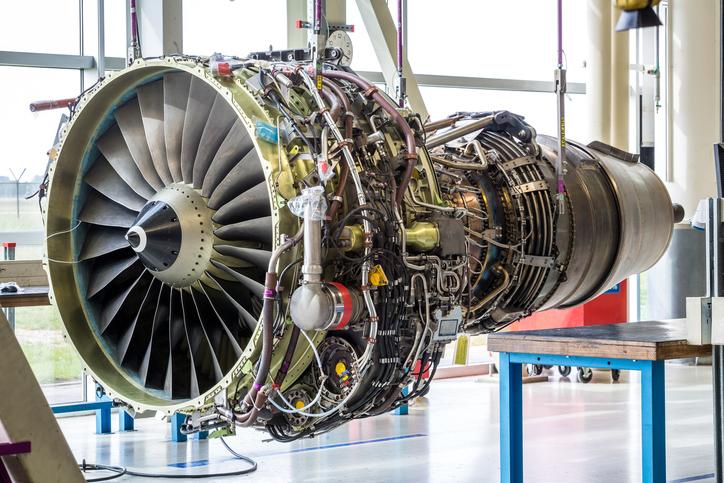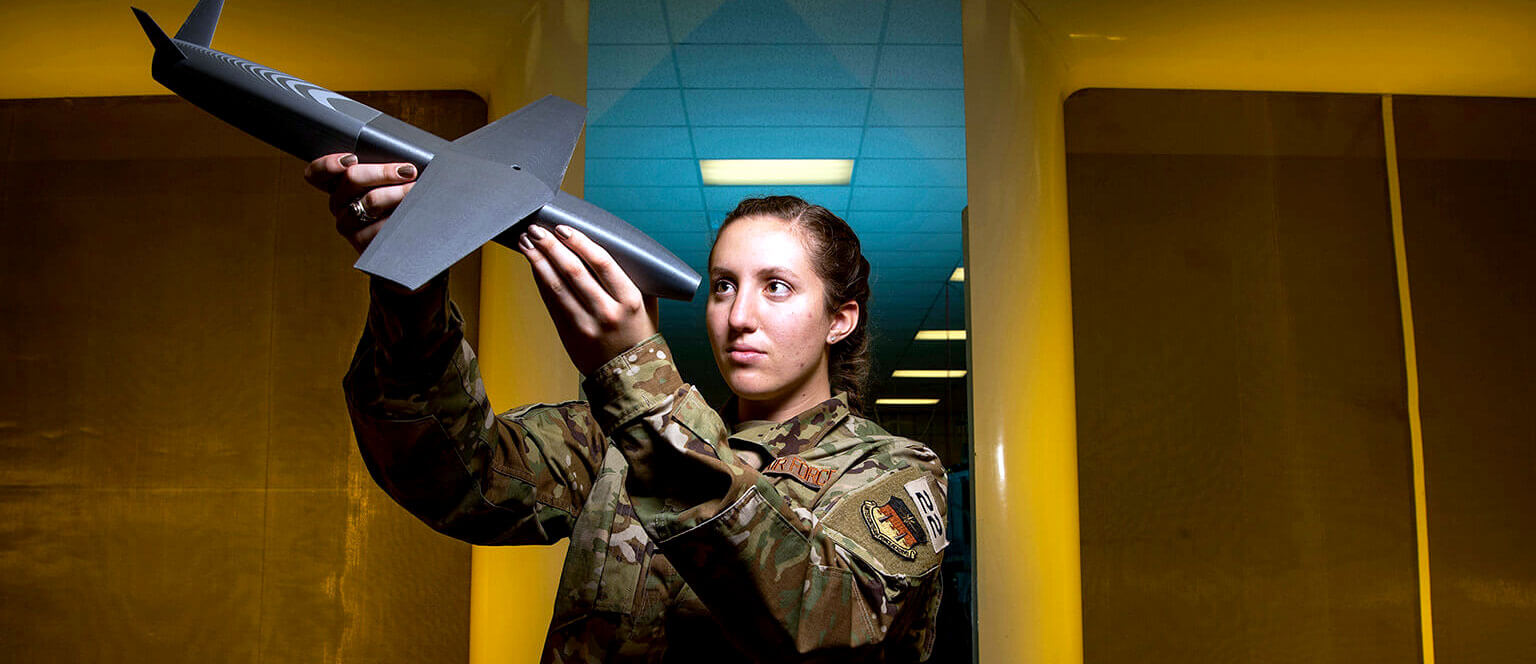Aeronautical engineering shapes the future of flight technology. It plays a key role in aircraft design and development.
This field combines creativity with technical skills to innovate in aviation and space exploration. Aeronautical engineering is essential for advancing air travel and spacecraft missions. Engineers in this field work on various aspects, from aerodynamics to propulsion systems. They ensure safety, efficiency, and sustainability in air and space vehicles.
This profession is exciting and challenging, offering opportunities to solve complex problems. Aeronautical engineering is not just about building planes; it's about pushing boundaries. It drives progress in transportation and exploration. Whether designing jets or rockets, aeronautical engineers impact the world. They turn dreams of flight into reality.
History Of Aeronautical Engineering
Aeronautical engineering started with ancient dreams of flying. People watched birds and imagined flying like them. Leonardo da Vinci drew flying machines in the 15th century. His designs were smart and detailed. Balloon flights in the 18th century amazed everyone. These were big steps toward flying. Airplanes came next. In 1903, the Wright brothers made the first powered flight. It lasted 12 seconds. This was a huge moment for aeronautical engineering. Their engine was light and strong. It helped the plane fly. These early ideas grew into real airplanes.
World War I pushed aeronautical engineering forward. Planes became important for warfare. Engineers made them stronger and faster. Fighter planes and bombers were developed. During World War II, planes played a big role again. Jet engines were introduced. They were powerful and fast. Radar technology helped planes fly better at night. Many new designs were made. Military needs led to big advancements. These innovations helped create modern aircraft. War pushed engineers to invent and improve.
Key Principles
Aerodynamics is about how air moves around things. Planes need good aerodynamics to fly well. Air pushes against a plane's wings. This push is called lift. Lift helps the plane go up. There is also drag. Drag slows the plane down. Engineers try to make drag smaller. This helps planes go faster. It's like riding a bike. You go faster with less wind pushing back.
Propulsion makes the plane move forward. Engines are the main part of propulsion. There are different kinds of engines. Some use jet fuel. Others use electric power. Engines push air out the back. This makes the plane go forward. Just like a balloon. Letting air out makes it fly. Engines are very important. They help planes move in the sky.
Modern Aircraft Design
Modern airplanes use strong and light materials. Aluminum is common. It's light and easy to mold. Carbon fiber is also popular. It is even lighter than aluminum. Engineers like these materials. They help planes fly far and fast. The structure of a plane must be tough. It needs to handle pressure and speed. Strong materials keep the plane safe. This is very important. Safety is always first in flying.
Avionics are the brain of the plane. They control many things. Navigation systems guide the plane. They tell it where to go. Communication tools help pilots talk. They stay in touch with ground control. Control systems make sure the plane flies right. They check speed and direction. Avionics need to work well together. This makes flying safe and smooth. Pilots rely on them every day.

Credit: www.timeshighereducation.com
Challenges In The Field
Airplanes release gases that harm the environment. These gases damage the air and increase heat on Earth. Reducing these gases is a big task. Engineers work on new designs to lower emissions. Green fuel is one solution. It is better for the planet. Using light materials also helps. It makes planes use less fuel. Saving the environment needs more ideas and action.
Safety is the top priority in flying. Planes must be strong and safe. Crashes can be deadly. Engineers test many parts of the plane. Engines, wings, and controls must work well. Pilots get special training for safety. Weather also plays a role. Storms and winds can be dangerous. New technology helps make flying safer. Alerts warn pilots of problems. Safety is always important in the air.
Future Technologies
Planes today use lots of fuel. This can harm the environment. Electric propulsion can change this. It uses electricity instead of fuel. This makes flying cleaner. Electric planes are quieter too. They can help cities have less noise. Small planes already use electric power. Bigger planes might use it soon. Scientists are working hard. They want to make it happen fast.
Imagine a plane that flies by itself. That's what autonomous flight means. It can make flying safer. Pilots can rest more. Computers control the plane. They make good decisions. These systems help avoid crashes. They watch the sky carefully. Pilots can focus on important tasks. This tech is growing every year. Many tests are being done. Soon, more planes may fly this way.
Role Of Aeronautical Engineers
Aeronautical engineers create new aircraft designs. They study aircraft performance. They improve safety features. Engineers test new materials. They work with advanced technology. Their goal is better, faster aircraft. They solve complex problems. Engineers work in teams. They share ideas and findings. Their work is very important.
Aeronautical engineers ensure aircraft are safe to fly. They check all systems. Engineers fix any issues. They keep planes running smoothly. They work with maintenance teams. Engineers plan regular inspections. They follow strict rules. Their work keeps passengers safe.
Education Pathways
Aeronautical engineering starts with a bachelor's degree. This degree takes four years. Courses include math, physics, and design. Students learn about aircraft and spacecraft. Some students choose a master's degree. This takes about two more years. It offers deeper knowledge. Some universities offer Ph.D. programs. These programs are for research and teaching. They take several years to complete.
Aeronautical engineers can choose specialization areas. One area is aerodynamics. This involves studying air movement. Another area is propulsion. It focuses on engines and power. Avionics is about electronic systems in aircraft. Structures is another area. It deals with the aircraft's body. These areas help engineers become experts.

Credit: www.planitplus.net
Industry Trends
The aeronautical industry is growing fast worldwide. Many countries are investing in new technologies. This growth means more job opportunities. Companies are building more airplanes each year. The demand for skilled engineers is high. Air travel is becoming more popular. People want to visit new places. This increases the need for safe and efficient planes.
New ideas are important in aeronautics. Engineers work together to create better designs. Collaboration helps in solving complex problems. Sharing ideas leads to faster progress. Students and experts often work on projects together. This teamwork creates exciting innovations. Sustainable technologies are also a focus. These help reduce pollution and save energy.

Credit: www.usafa.edu
Frequently Asked Questions
What Do Aeronautical Engineers Do?
Aeronautical engineers design, develop, and test aircraft and related systems. They ensure optimal performance and safety. Their work includes aerodynamic analysis, materials selection, and propulsion systems development. They collaborate with other engineering disciplines to innovate and improve aviation technology.
Do Aeronautical Engineers Make A Lot Of Money?
Aeronautical engineers typically earn high salaries due to specialized skills. Their earnings vary by experience, location, and industry. In the U. S. , median annual wages exceed $100,000. High demand for aerospace technology often boosts potential earnings. Career advancement and expertise can significantly increase income levels for aeronautical engineers.
What Is The Highest Salary In Aeronautics?
The highest salary in aeronautics can exceed $200,000 annually. This is typically earned by top aerospace engineers or executives. Factors like experience, location, and company influence earnings. High-paying roles often require advanced degrees and extensive industry experience.
Is Aeronautical Engineering A Good Career?
Aeronautical engineering offers rewarding career opportunities with competitive salaries. It involves designing, testing, and manufacturing aircraft. Demand is strong in aerospace industries, defense, and research sectors. Graduates gain skills in problem-solving and innovation. Pursuing aeronautical engineering can lead to a fulfilling career in technology and aviation advancements.
Conclusion
Aeronautical engineering opens doors to exciting career paths. It blends creativity with science. Engineers design aircraft and study how they fly. This field constantly evolves with new technology. Students gain skills in math and physics. These skills are crucial for future innovations.
Aeronautical engineers work in airlines, space agencies, and military sectors. Their work impacts global travel and space exploration. Choosing this career promises a bright future. It's a field where passion meets purpose. Explore aeronautical engineering and contribute to tomorrow’s advancements.
Ready for takeoff? Your journey starts now.
.png)






0 Comments